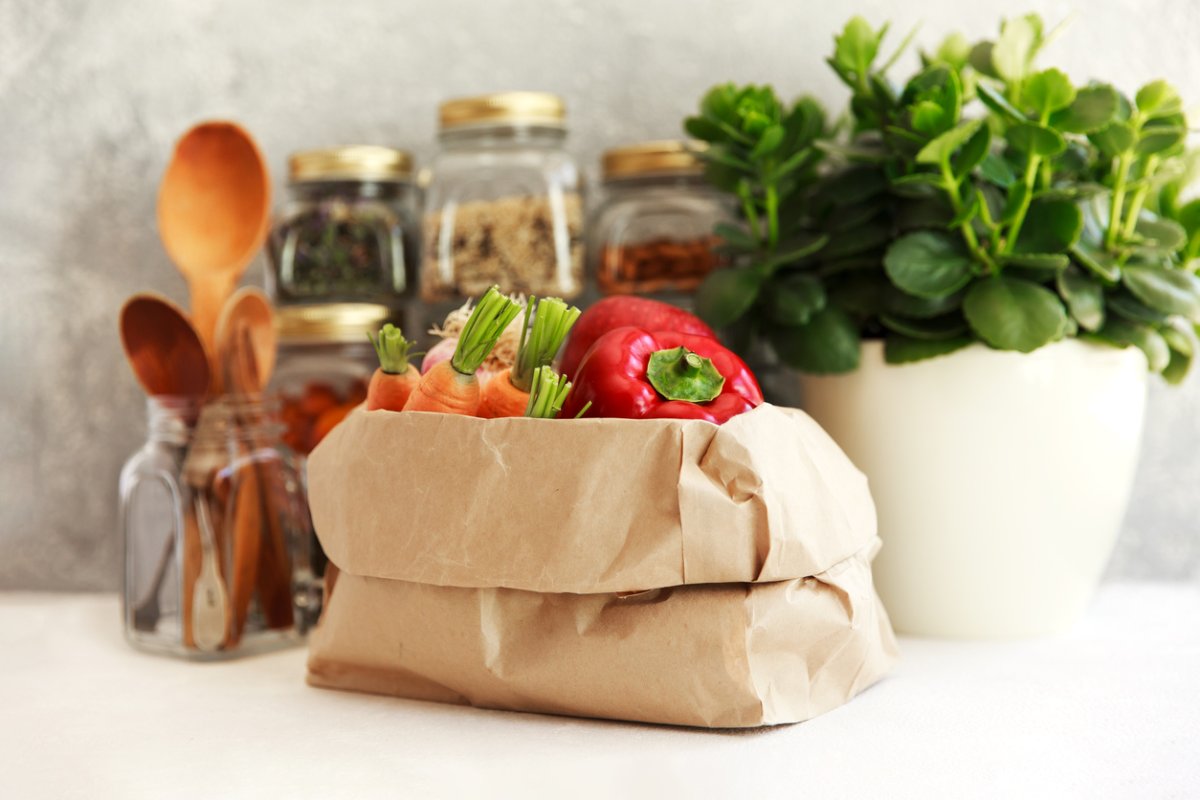

We may earn revenue from the products available on this page and participate in affiliate programs. Learn More ›
Americans generated a staggering 103 million tons of food waste in 2018, according to the Environmental Protection Agency. As far back as 2010, the USDA estimated that 30%-40% of America’s food supply ended up as waste–often in landfills. Causes include spoilage resulting from improper processing, transportation issues, or equipment failure, but perhaps the biggest reason for food waste is due to people preparing too much and not storing the leftovers correctly.
Whether you shop for or grow your own food, it’s important to learn how to properly store produce.
RELATED: 3 Ways to Organize and Store Plastic Shopping Bags
1. Produce Bags

Many kinds of produce need to be stored in places that are either cold and moist, cold and dry, or cool and dry. Beans, Brussels sprouts, broccoli, cauliflower, radishes, and grapes prefer moist, cold conditions that can be created by placing them in perforated produce bags in the refrigerator. Asparagus, dill, and parsley should be stood on end in a glass of water, covered with a perforated produce bag, and placed in the refrigerator.
2. Crisper Drawer
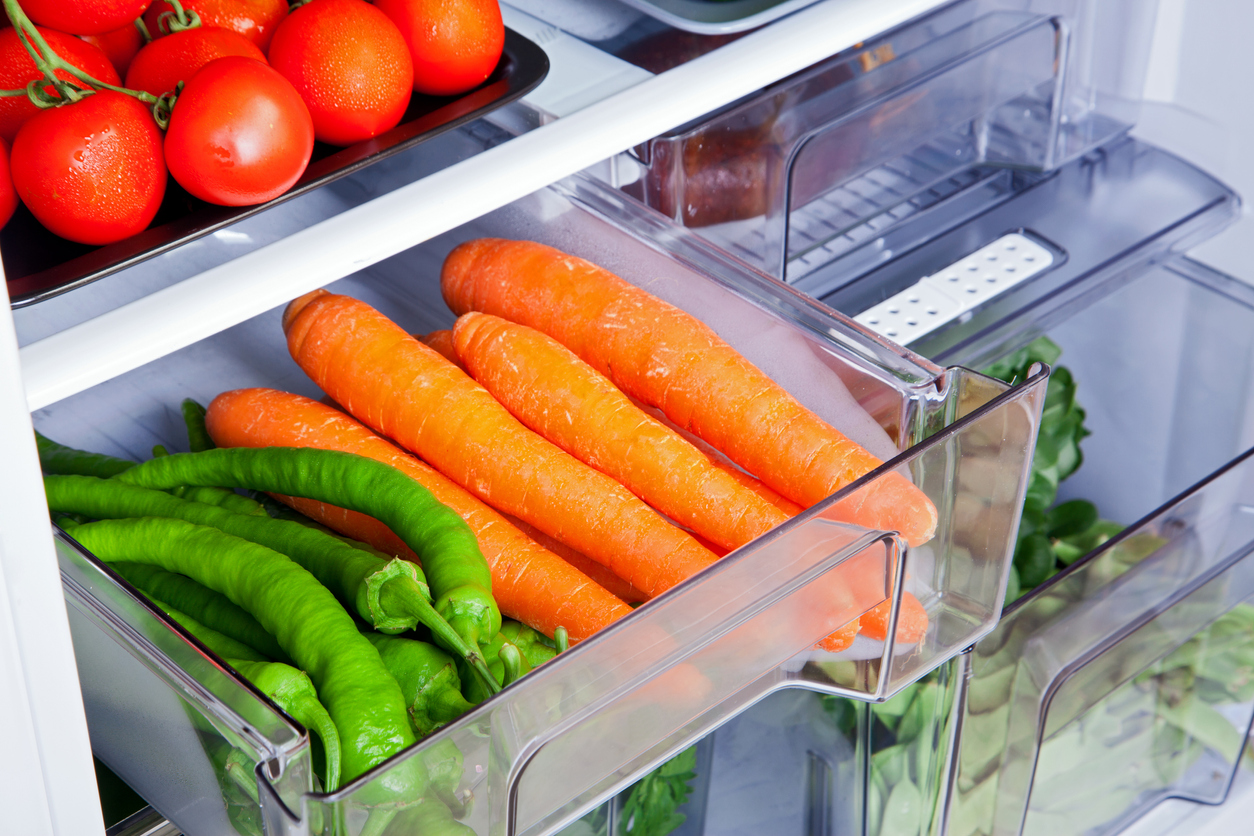
Leafy greens, head lettuces, and cabbage should be cool but dry. It’s best not to wash them before storage, but if you do, be sure to blot dry with paper towels. Then place them in the crisper drawer in your refrigerator, sealed in zippered plastic bags.
Apples, ripened pears, ripe mangoes, strawberries, blueberries, raspberries, and navel oranges or other citrus fruit all do well in plastic bags in the crisper drawer. Separate citrus from ethylene producers such as apples and pears.
Grapes, cherries, plums, beets, cabbage, turnips, rutabagas, carrots, parsnips, corn, celery, and ginger can be stored loose in the crisper drawer.
3. Ripen first.
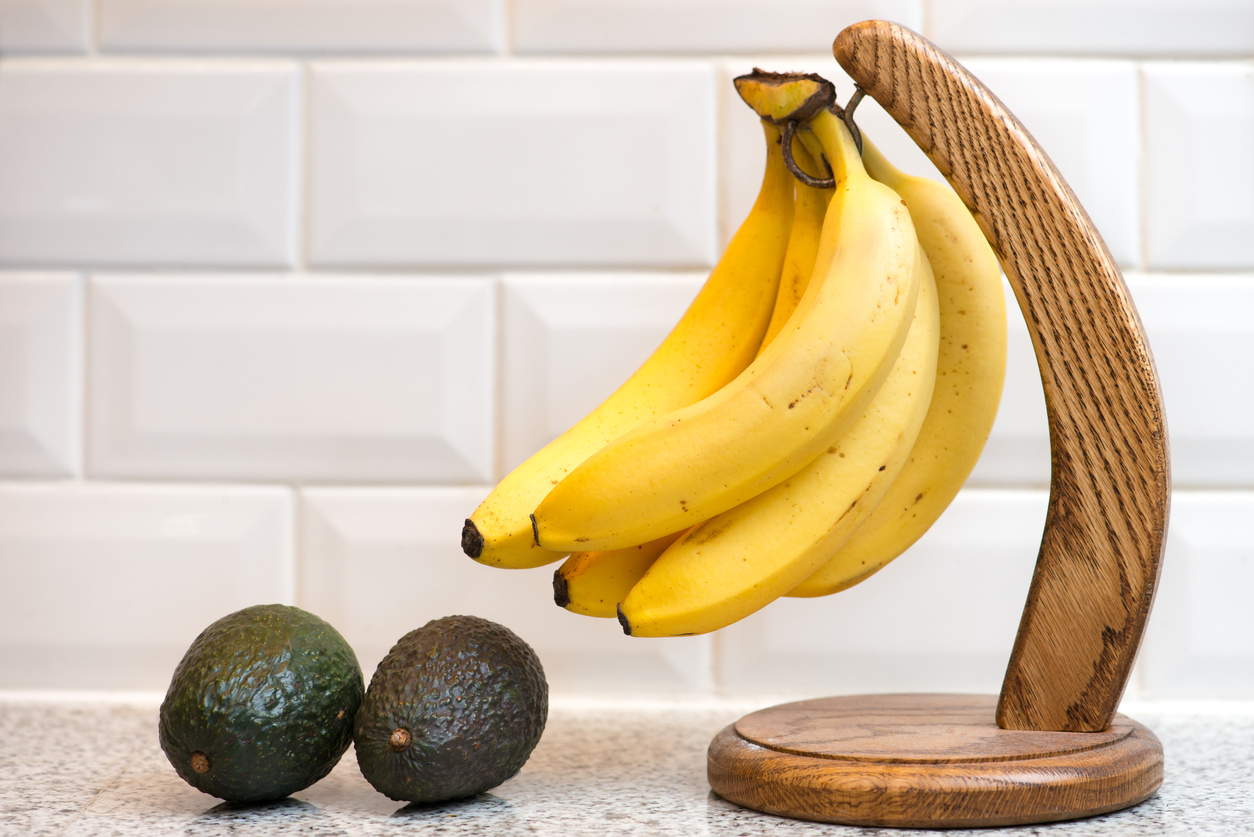
Some produce such as kiwi, bananas, avocados, mangoes, whole, un-cut melons, pears, and pineapple should be left on a kitchen counter to ripen. If not used immediately, many can then be stored in the refrigerator.
To speed ripening, place fruit in a paper bag and close it. Fruit should ripen in a few days. For even faster ripening, add an apple or banana; the ethylene gas they give off encourages ripening. You can also use a bowl of uncooked rice or linen tea towels to speed ripening.
Banana hangers can delay ripening and protect bananas from bruising – but don’t put them in the refrigerator.
4. Root Cellar
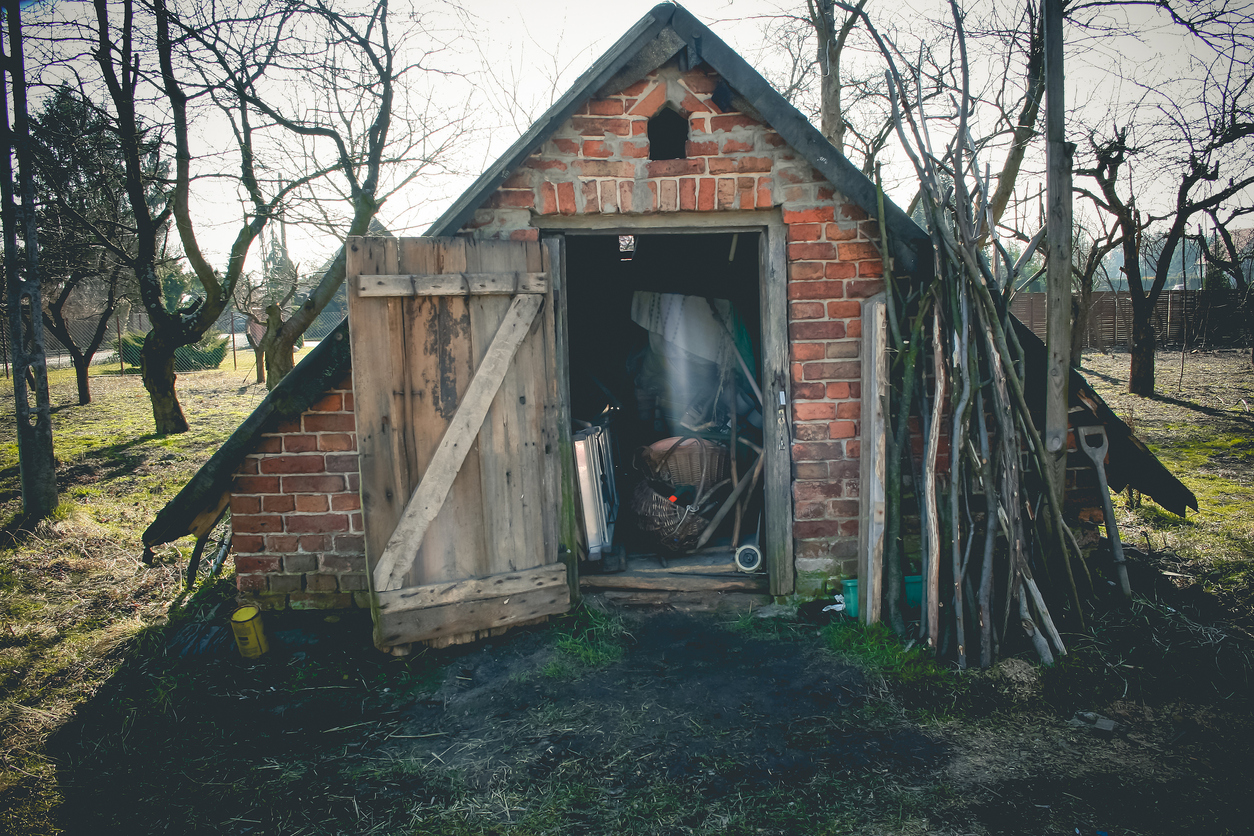
Some produce can be stored in cool, dark, humid places for long periods. An old-fashioned root cellar is ideal for keeping many root crops, such as carrots, beets, turnips, rutabagas, potatoes, sweet potatoes, and parsnips. Shake off dirt, but do not wash produce. Make sure it’s not wet or it could rot.
Root cellars should be kept at temperatures around 32-40 degrees Fahrenheit to slow ripening and decomposition. They should also be humid enough to prevent moisture loss that makes vegetables wither; however, there should be suitable ventilation to prevent mold.
5. Room Temperature
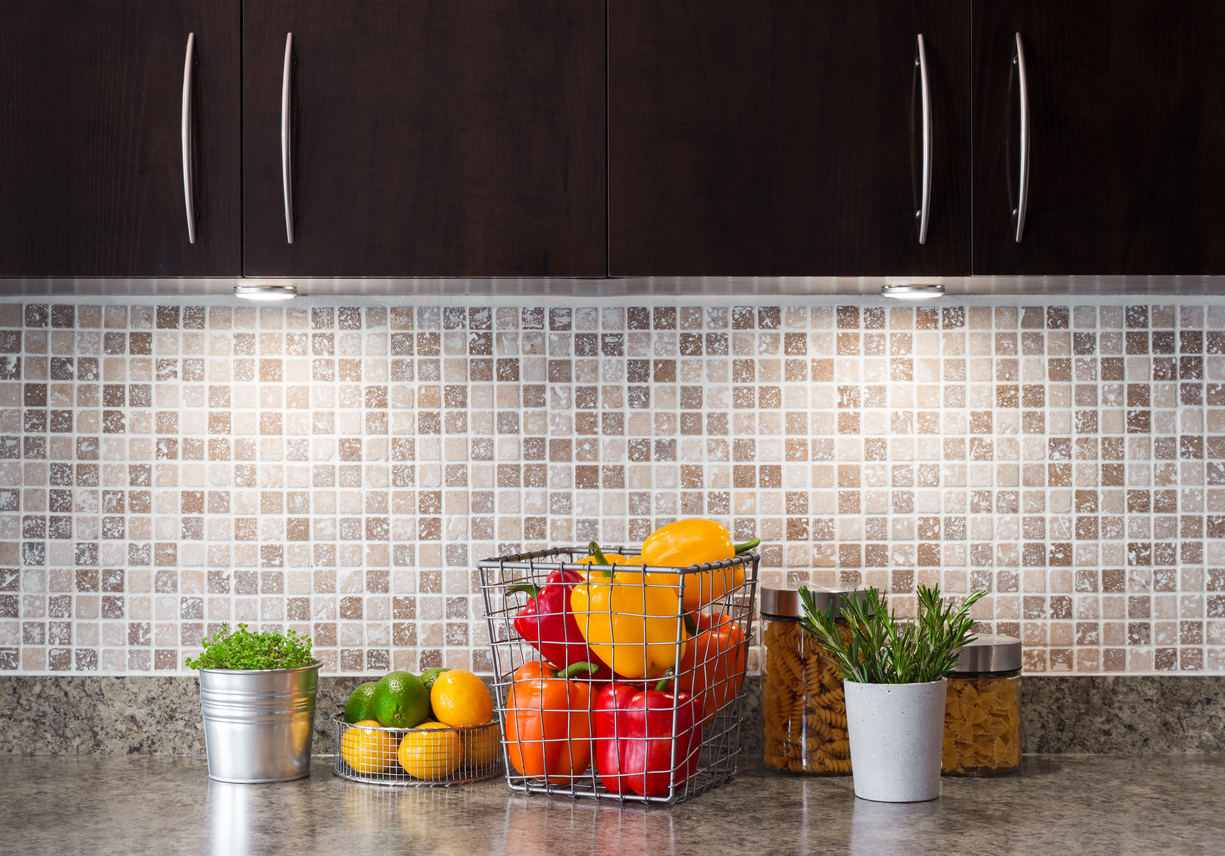
Some produce can sustain damage if kept at temperatures below 40 degrees, so neither the refrigerator nor the root cellar is a suitable place to store them.
Cucumbers, eggplant, onions, garlic, peppers, potatoes, squash, pumpkins, tomatoes, bananas, avocados, pineapple, nectarines, peaches, apricots, and most tropical fruit should be stored in a cool place in the kitchen or pantry, out of direct sunlight and preferably in a perforated produce bag.
6. Can or Dehydrate
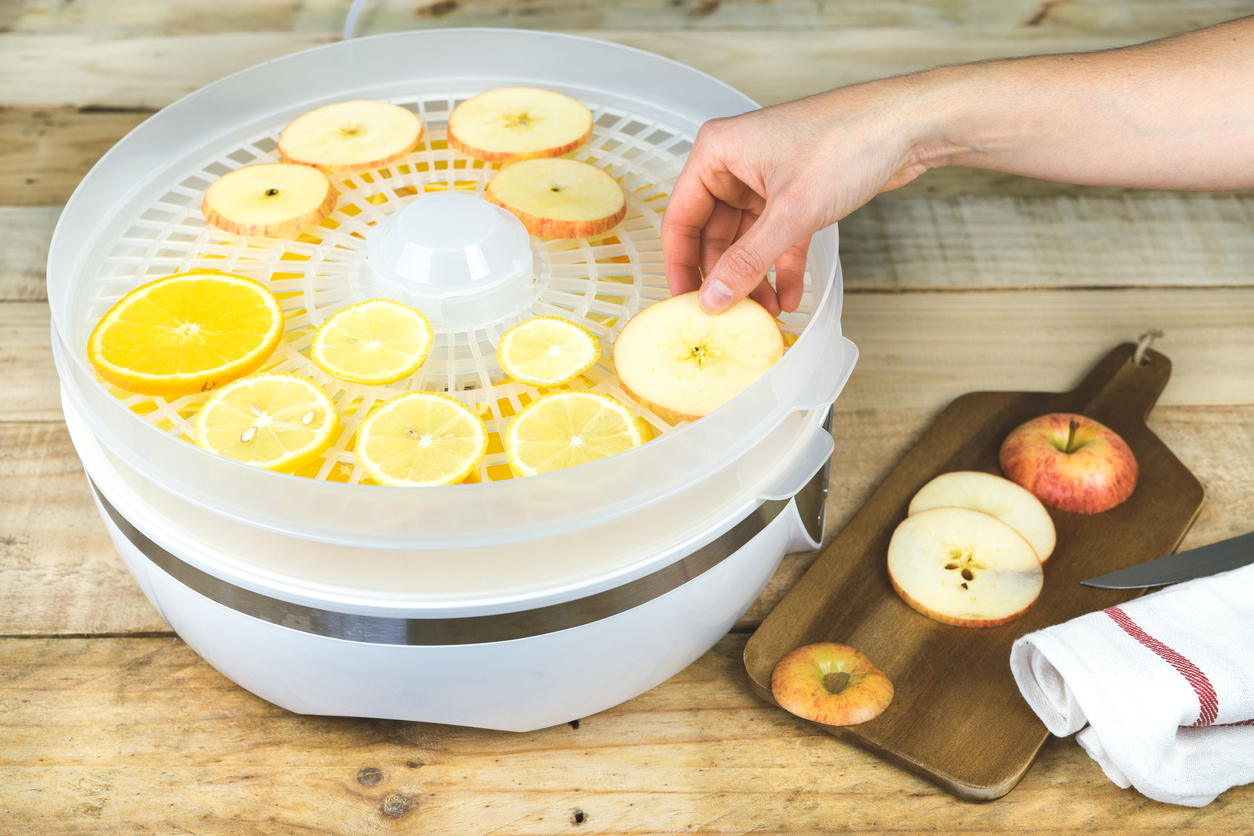
Achieve long-term storage by canning or dehydrating produce. There are three types of canning: water bath, pressure, and atmospheric steam. Each is appropriate for different types of canning. It’s possible to can juice, jam, slaw, pickled vegetables, and more, typically stored in Mason jars.
Alternatively, fruits and vegetables that have been dehydrated last longer and can be used in soups, salads, pastas, or simply eaten as chips. Good candidates include tomatoes, beets, carrots, corn, pumpkin, bananas, apples, peaches, strawberries, blueberries, plums, and pears. Store in a tightly sealed container in a cool, dry, dark spot.
7. Plant
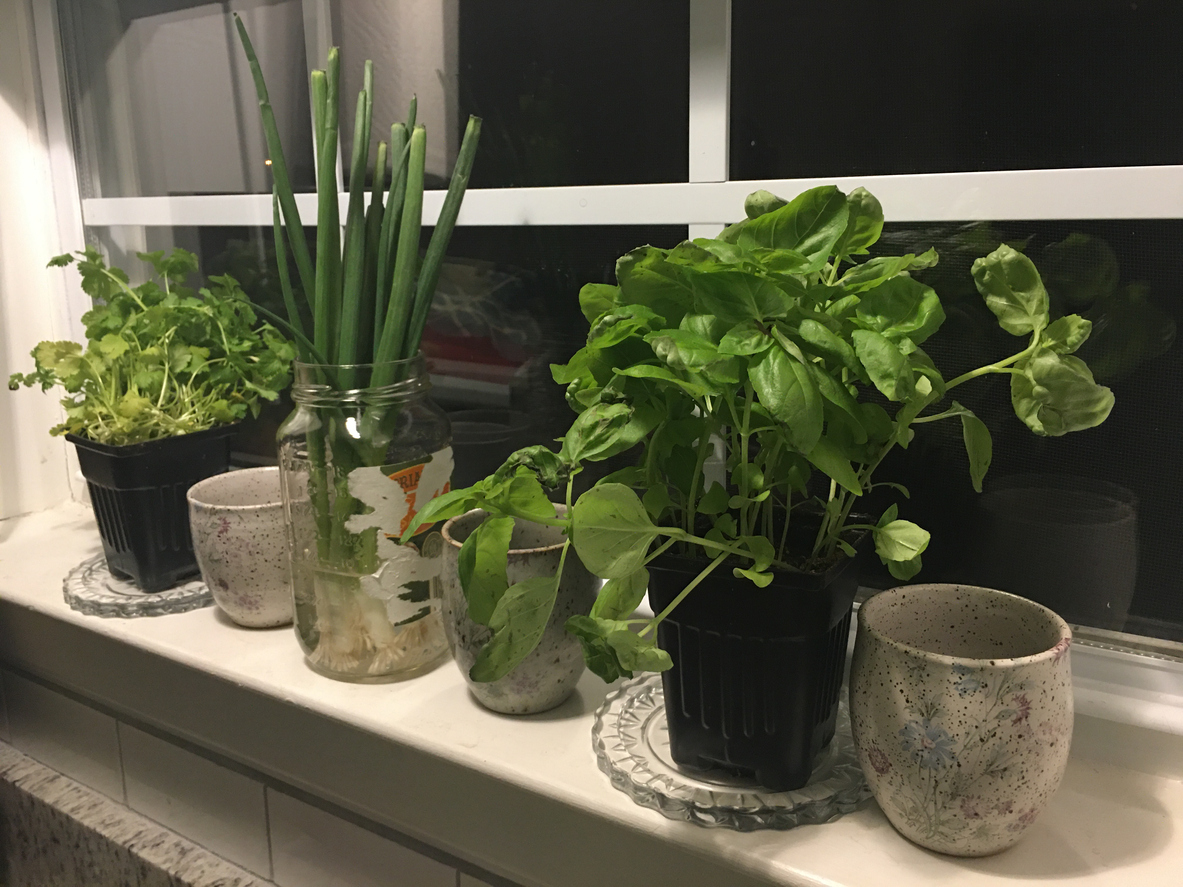
Nothing’s fresher than just-picked–and storage couldn’t be easier. Many cooks keep small pots of herbs on their kitchen windowsills, cutting what’s needed for dinner that night. It’s also easy to grow bean sprouts or small lettuces indoors.
Many of these items can be propagated from produce you’ve grown in your garden or purchased at the supermarket. Ginger and potatoes will sprout eyes that can be planted. Celery can be grown in a shallow dish of water on the windowsill. Basil can be grown from stem cuttings.
RELATED: Storage Sanity: 15 Ways to Organize a Pantry
8. Avoid vacuum sealing.
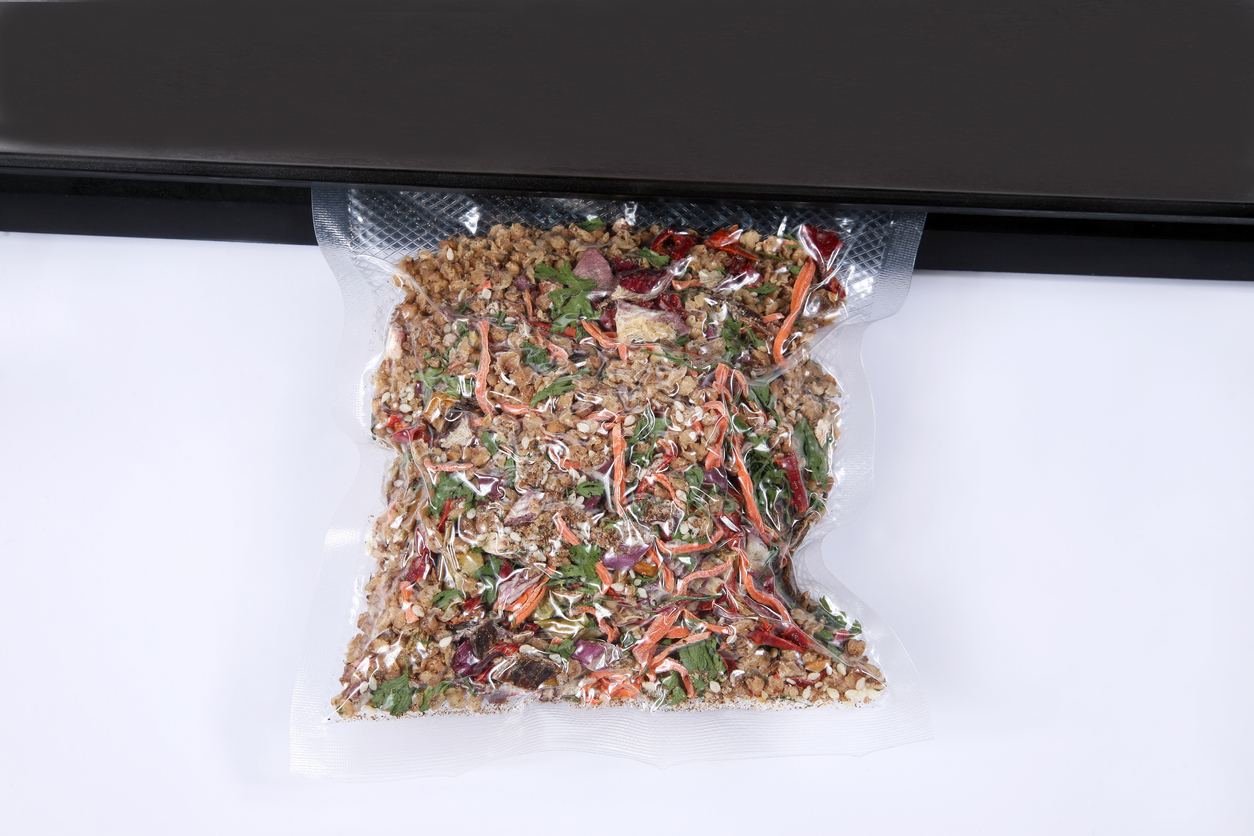
Removing the oxygen surrounding raw produce through vacuum sealing can lead to spoilage. Fruits and vegetables that should never be vacuum-sealed in their raw state include: onions, kale, cabbage, broccoli, radishes, cauliflower, mushrooms, bananas, and whole apples.
Sliced apples brushed with lemon juice, frozen bananas, cooked mushrooms, and other blanched vegetables can be safely vacuum sealed for storage.
